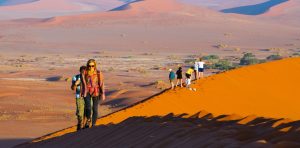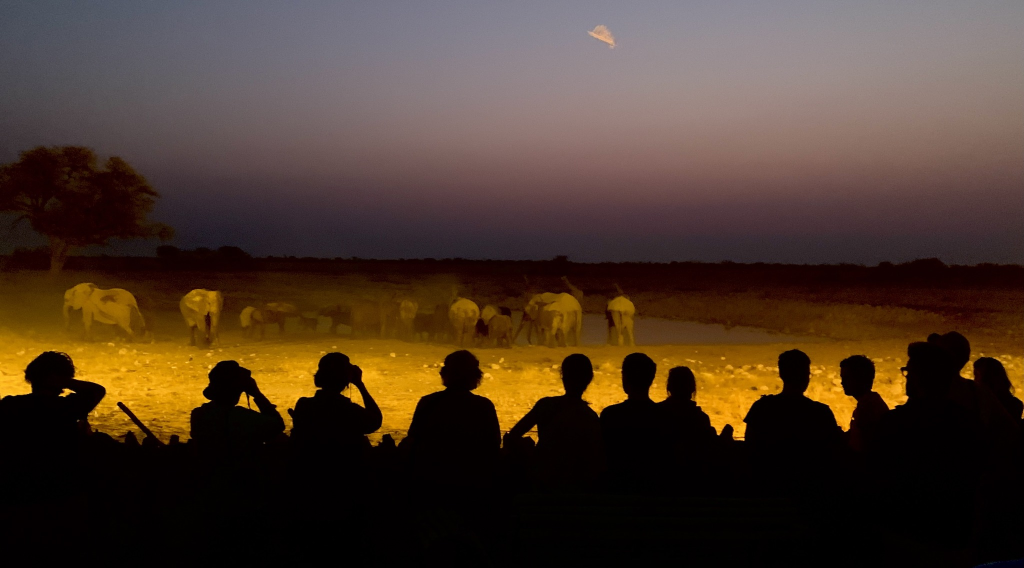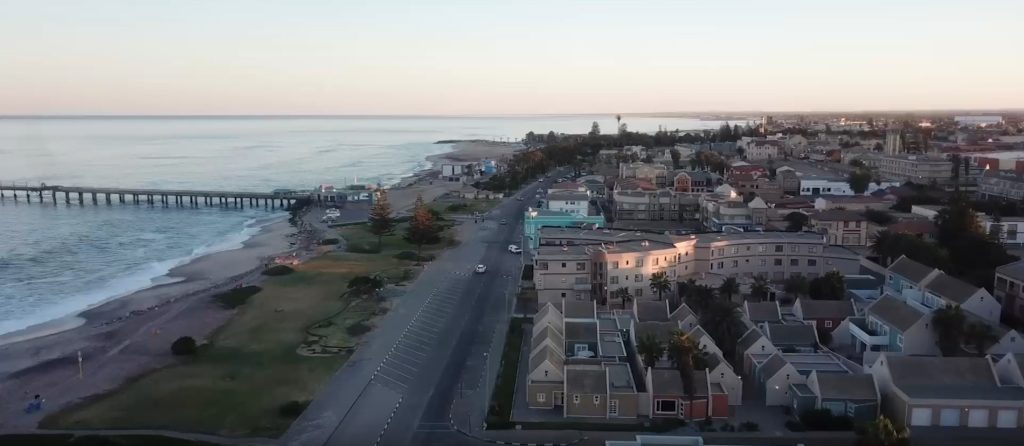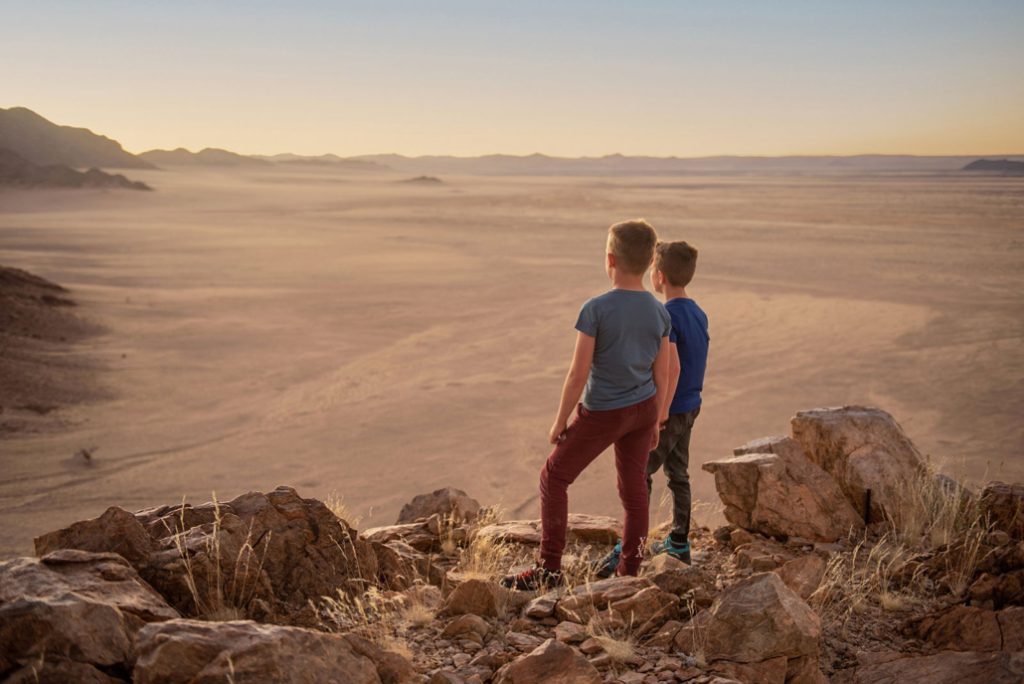The most popular destinations in Namibia
Sossusvlei and Deadvlei

The Sossusvlei (vlei=pan) is a salt-clay pan surrounded by dunes. In the Nama language Sossus means something like “blind river” and refers to the Tsauchab River, which when in flood seeps away in the desert without reaching the only 50 km far Atlantic above ground.
60,000 years ago the Tsauchab River presumably did flow into the Atlantic Ocean. Due to sanding up and cutting off of the river the whole 50 km to the Atlantic consists of different vleis, of which the Sossusvlei is the best known. To compound the situation the wind formed the famous up to 300 metre high dunes, which surround the vleis.
The Sossusvlei experience can be read about in many travel reports, but you have to experience it first handed to understand the beauty of the place.
Deadvlei

Close to the Sossusvlei lies the just as impressive Dead Vlei. This Vlei has long been cut off from the Tsauchab River by a large sand dune. The result: a large amount of dead camelthorn trees, which have been conserved by the extremely dry climate which prohibits the trees to decay.
At the edge of the Dead Vlei one can climb the „Big Daddy“ also called the „Crazy Dune“ which is assumed to be the highest sand dune worldwide. It is advisable to arrive in early morning hours when attempting to climb the dune as it takes 1.5 to 2 hours and is extremely strenuous. The effort is rewarded with one of the most incredible views! Running down is fun and fast!
The former adventurous road to Sossusvlei has been tarred in 2006. After 45 kilometres the well-known Dune 45 is reached, which stands out due to its height and is a popular photo motif. The best time to take pictures is during the early morning hours and in the late afternoon when the low standing sun crates a contrasting play of shadows.
Five kilometres before reaching the Sossusvlei the tarred road ends. Guests driving a 4×4 and having experience with driving in thick sand can continue to the Vlei. All others have to walk or have to make use of the shuttle service.
Etosha National Park
The Etosha National Park is a nature conservation area in northern Namibia and is one of the most significant game reserves in Africa. In Namibia it is by far the best known and most important national park. Today the Park covers an area of nearly 22.912 km² and is completely fenced for the protection of the animals!
Within the eastern part of the park an approximately 5.000 km² large salt pan can be found, which was formed about 2 million years ago when the Kunene Delta dried up and its riverbed shifted.

Fish River Canyon
The Fish River Canyon is the second largest canyon worldwide after the Grand Canyon in the USA . The Canyon forms part of the state-run Ais-Ais Richtersveld Transfontier Park. Entrance to the Park is situated 10 kilometres from the well-known view point Hell`s Bend at the Hobas Restcamp.

Caprivi Strip
Wild National Parks, an abundance of wild life, the yearlong lush and green landscape which is unique for Namibia, the impressive culture of the “Caprivians” and much more. Caprivi in Namibia is a lush, sub-tropical wetland. Large expanses of open water are fringed with palm trees, reeds and papyrus. Flood plains are dotted with broad-leafed woodlands, the wildlife is mostly riverine and birdlife is abundant.

Swakopmund
Swakopmund is the capital of the Erongo Region and has about 34,000 inhabitants. Swakopmund serves mainly as a holiday resort and is thus of touristic importance.

Damaraland
The Damaraland, a unique and harsh landscape. The traveller can explore Namibia’s highest mountain (Brandberg), centuries old rock engravings, a petrified forest, a huge rock finger and much more.


